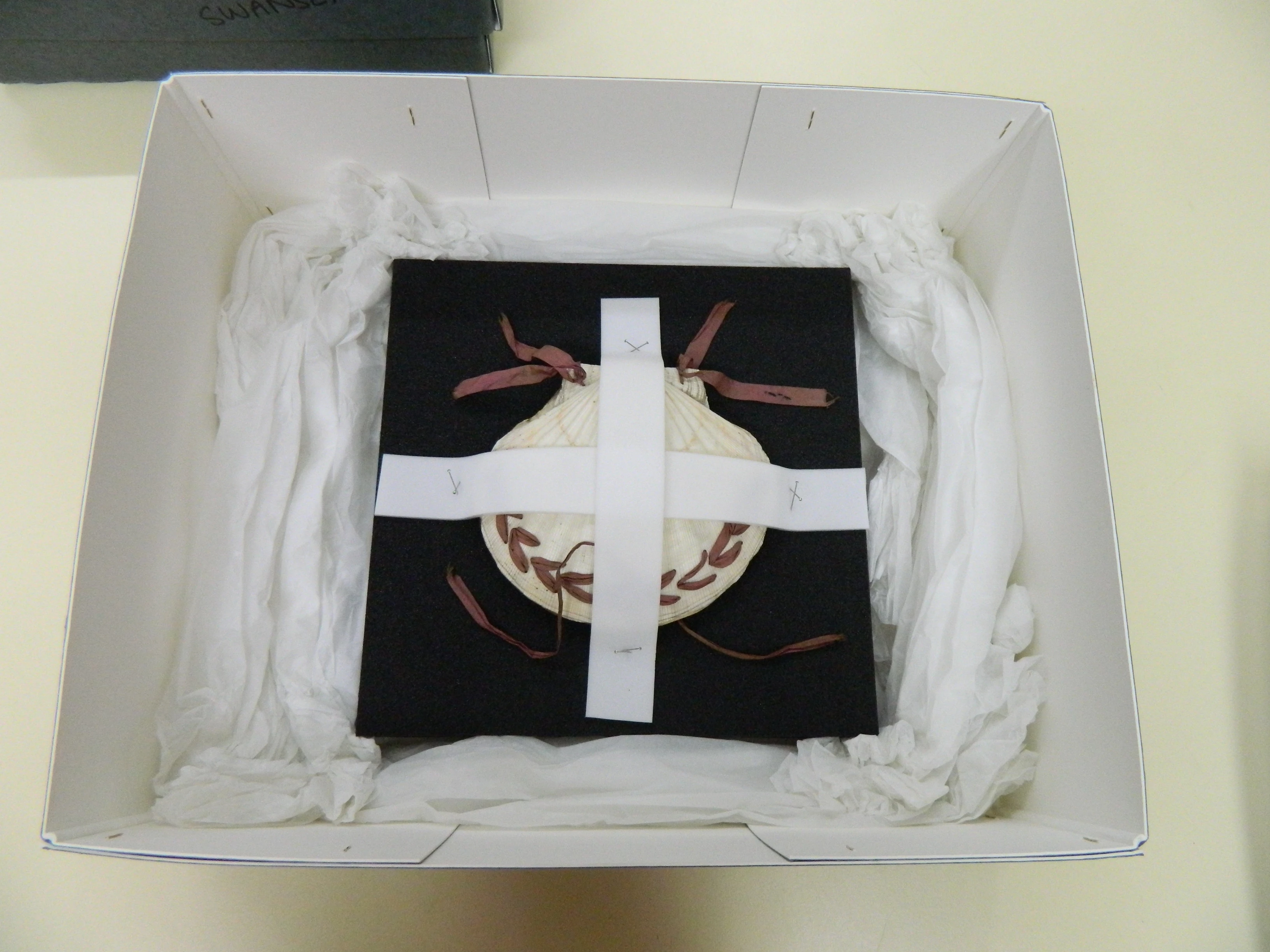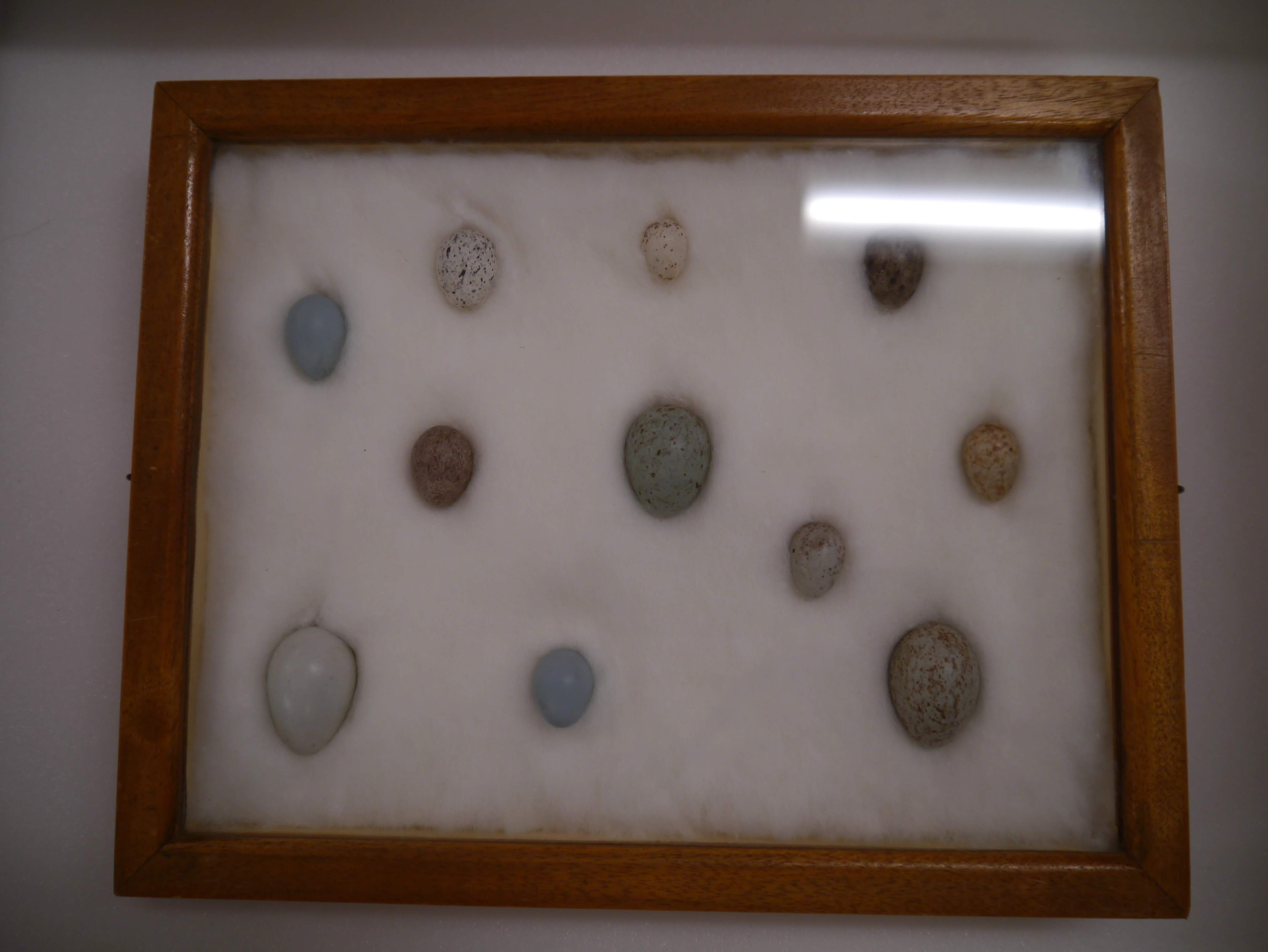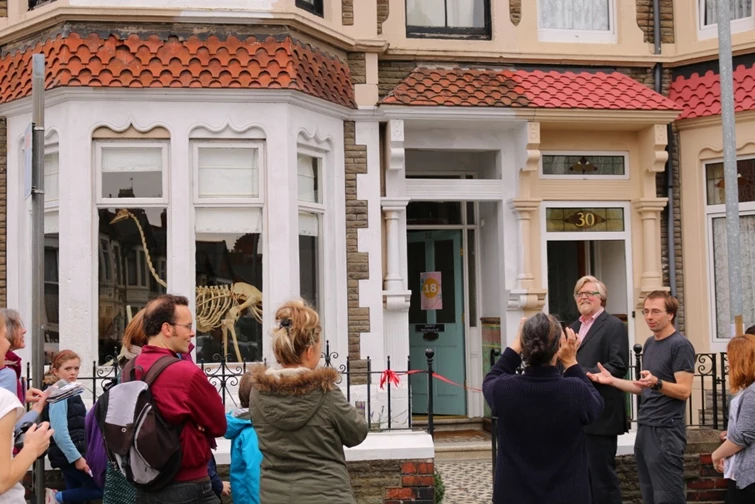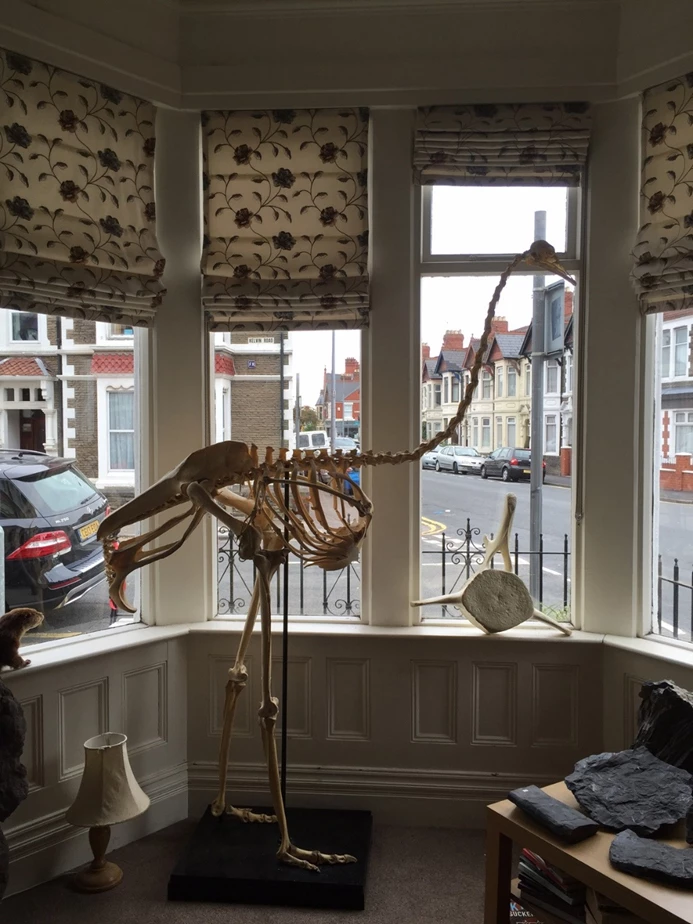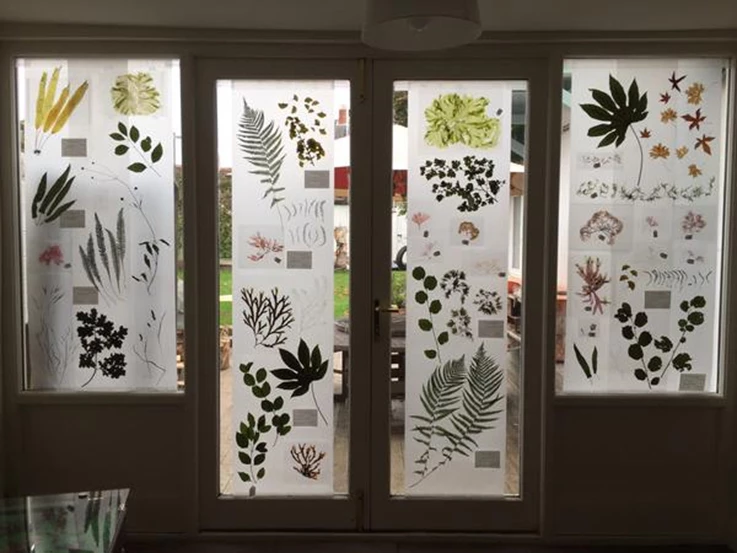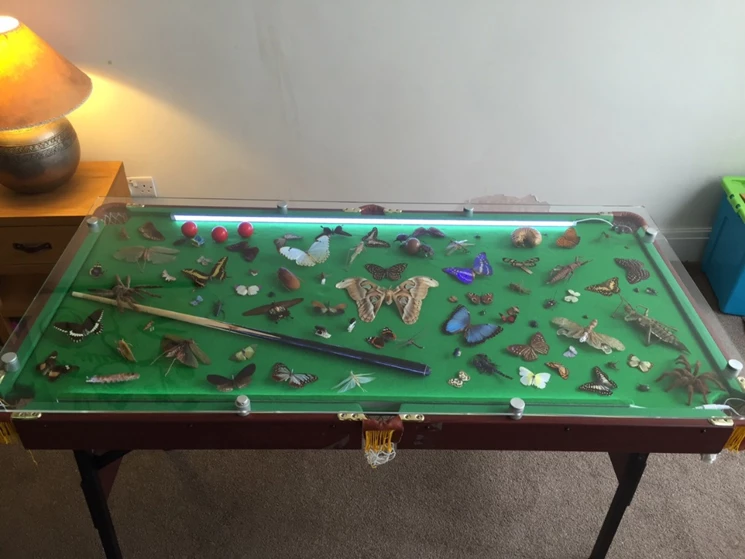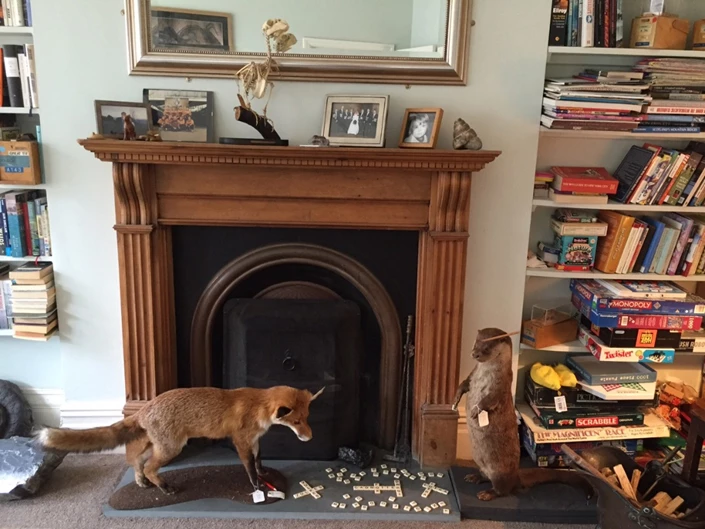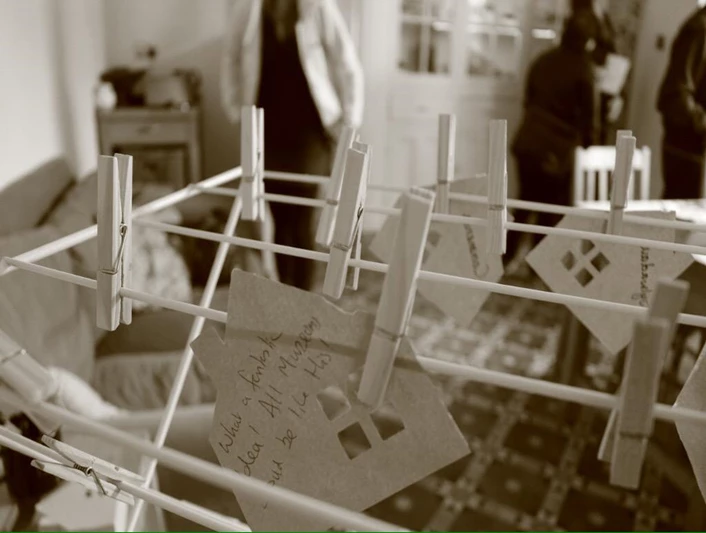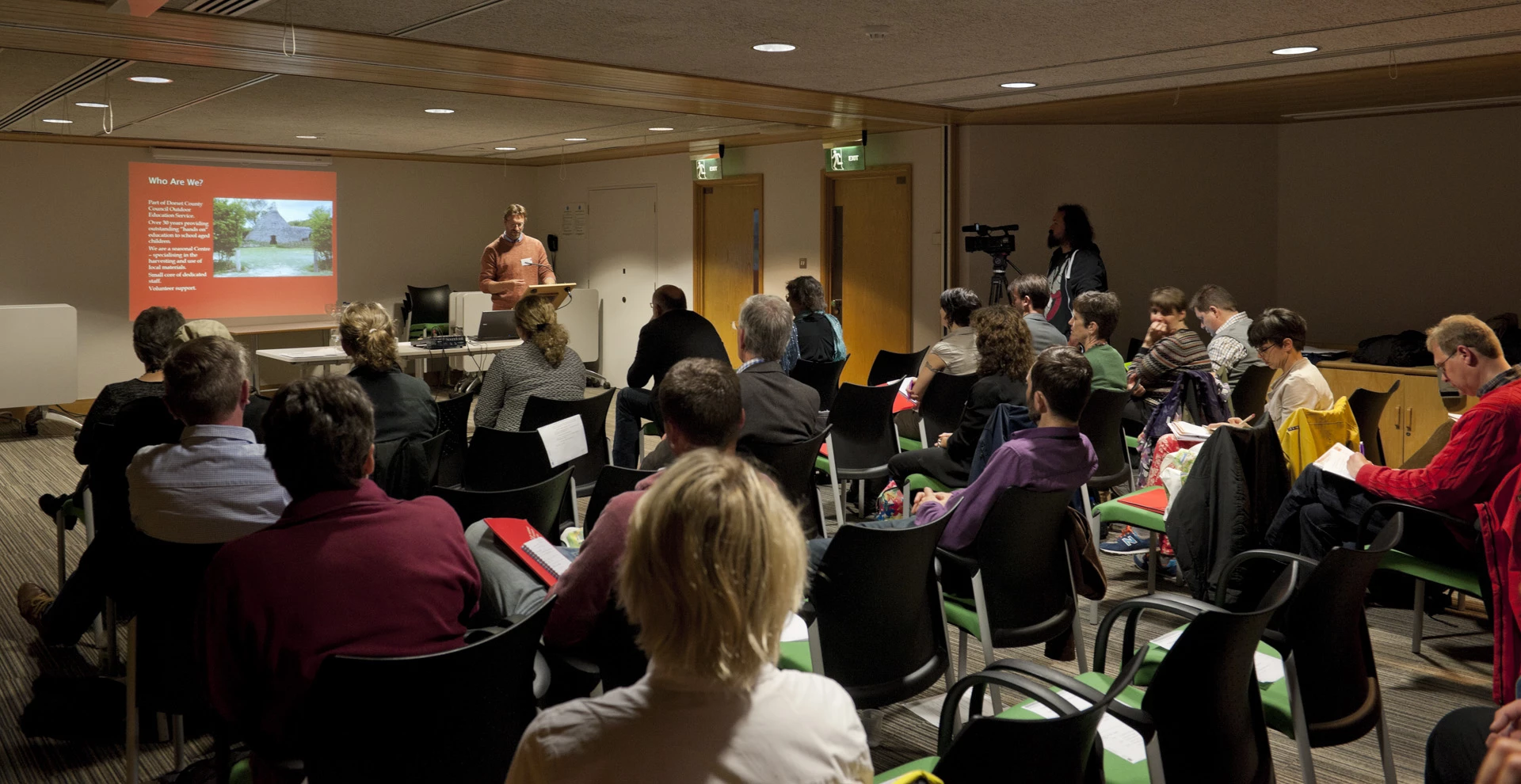Enwau’r Bysedd
, 29 January 2016
Un o’m hoff bleserau fel Archifydd Clyweledol yw cael eistedd mewn heddwch am awr neu ddwy gyda phaned o goffi (ac efallai ddarn neu ddau o siocled) yn gwrando ar ddetholiad o’r 12,000 o recordiadau sain sydd yn ei harchif bellach. Â drws fy swyddfa ar gau ac â’r clustffonau yn eu lle mae modd dianc i ffermdai a ffatrïoedd, i iard yr ysgol, i sedd y diaconiaid, i waelodion y pwll glo, i uchelderau y fferm fynydd neu i ble bynnag y mynnoch i gael cip ar fywydau Cymru’r gorffennol.
Cefais gyfle i wneud hyn y diwrnod o’r blaen ac mae’n rhyfeddol weithiau fel mae clywed pwt o stori, o ddywediad neu bennill yn dod ag atgofion yn llifo nôl. Roeddwn i yn gwrando ar ŵr yn sôn am ei blentyndod yn Llanwddyn ac am y rhigymau a glywodd ar aelwyd y cartref. Roedd yn un o wyth o blant ac mae’n sôn am y rhigwm y byddai ei fam yn ei ddweud wrth geisio tawelu’r plant trwy enwi bysedd eu traed.
Bowden, Gwas y Fowden, Dibyl Dabal, Gwas y Stabal, Bys Bach druan gŵr, dorrodd ei ben wrth gario dŵr.
Recordiwyd yn Llanwddyn (1971)
Mae creu rhigymau am enwau bysedd y traed neu’r llaw yn arferiad byd-eang. Mewn rhai gwledydd, arferir dechrau gyda’r bys bach a gorffen gyda’r bys bawd, ond ymddengys mai’r traddodiad yng Nghymru yw dechrau gyda’r bawd (bawd y droed fel arfer) a gweithio eich ffordd i lawr y bysedd gan roi siglad bach i bob un nes cyrraedd y bys bach.
Pan oeddwn i yn ifanc rwy’n cofio mam (sy’n dod o Trap, ger Llandeilo) yn tynnu fy hosan ac yn enwi bysedd fy nhraed un wrth un. Dyma’r enwau oedd ganddi hi ar y bysedd:
Bys Bowtyn, Twm Sgotyn, Lloyd Harris, Charles Dafis a Stiwart Bach y cwmni.
Mae dwsinau o fersiynau o’r rhigwm hwn i’r bysedd yn Archif Sain Amgueddfa Werin Cymru yn amrywio o ardal i ardal ac weithiau o deulu i deulu. Mae rhai enwau fel “Modryb Bawd” yn ymddangos mewn llawer i ardal a rhai enwau yn unigryw i bentref neu i gymdeithas arbennig. Weithiau ceir ail ddarn i’r rhigwm fel y gwelir isod.
Dyma rai o’m ffefrynnau i o gasgliad yr archif:
Bys Bwstyn, Twm Swglyn, Long Harris, Jac Dafis a Bili Bach.
Hwn yn mynd i’r farchnad; Hwn yn aros gartre; Hwn yn neud cawl; Hwn yn bwyta’r cwbwl a Bili Bach yn starfo.
Recordiwyd yn Nhal-sarn (1969)
Modryb Bawd, Bys yr Uwd, Hirfys, Pwtfys, Dingw.
Recordiwyd yn Llangoed (1967)
Hen Fawd Fawr yn mynd i’r mynydd.
“I be?” medda Bys yr Uwd
“I ladd defaid”, medda’r Hirfys
“Mi gawn ni ddrwg”, medda’r Cwtfys
“Llechwn, llechwn o dan y llechi”, medda’r peth bach.
Recordiwyd yn Nyffryn Ardudwy (1972)
Fenni Fenni, Cefnder Fenni Fenni, Fenni Dapwr, Dic y Crogwr, Bys Bach druan gŵr, dynnodd y drain trwy’r dŵr.
Recordiwyd yn Llantrisant (1976)
Modryb Bawd, Bys yr Uwd, Pen y Gogor, Bys y Pibar, Robin Gewin Bach.
Recordiwyd yn Nefyn (1968)
Roedd hi hefyd yn arfer ymysg merched i adrodd y rhigymau hyn wrth dynnu bysedd eu dwylo neu fysedd dwylo eu ffrindiau. Byddai nifer y bysedd a fyddai’n clicio wrth eu tynnu yn darogan y nifer o blant y byddai perchennog y bysedd yn eu cael yn y dyfodol.
Felly’r tro nesaf mae’r plant yn rhedeg fel corwynt trwy’r tŷ, yn rhoi darnau o fanana yn y peiriant DVD neu’n tynnu llun ar wal y gegin, anghofiwch am y teledu, am gemau’r tabled neu gil-dwrn o losin. I dawelu'r cariadon bach ac i adfer heddwch, eisteddwch nhw i lawr, tynnwch eu hosannau a chyfrwch fysedd eu traed.



